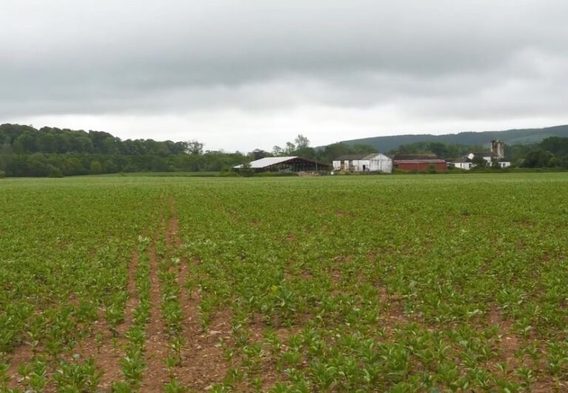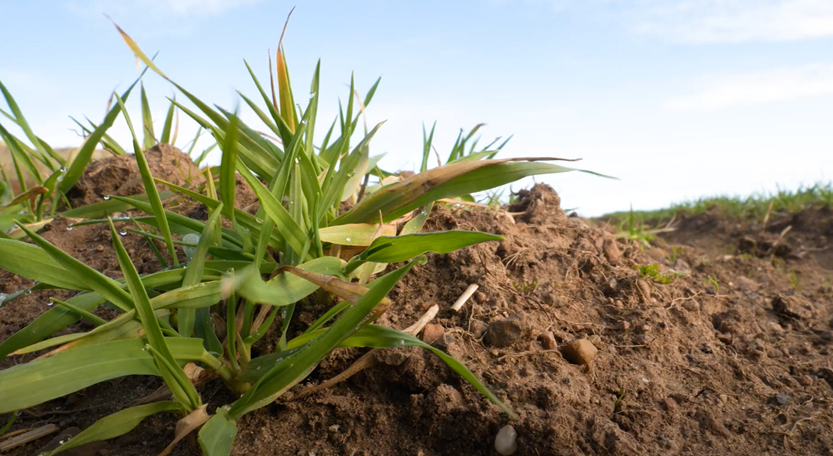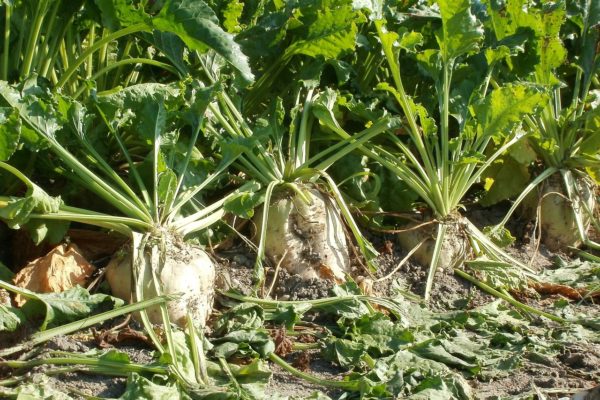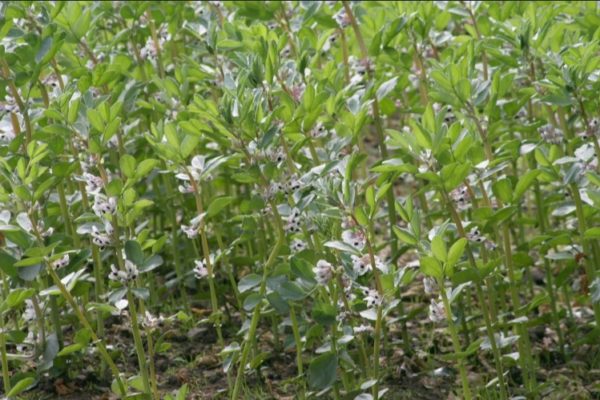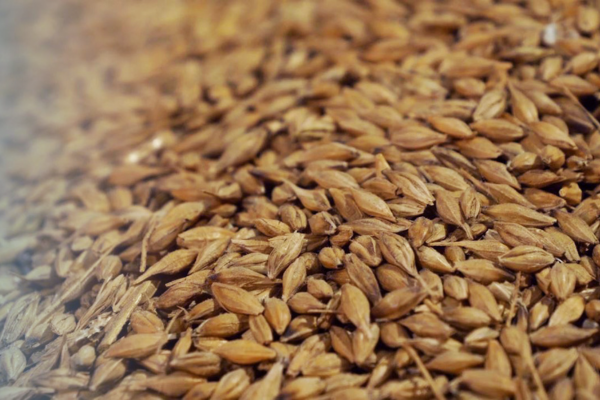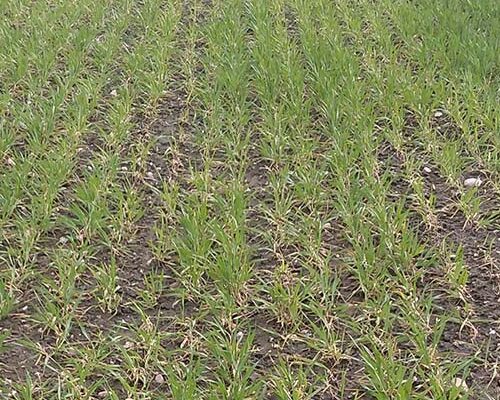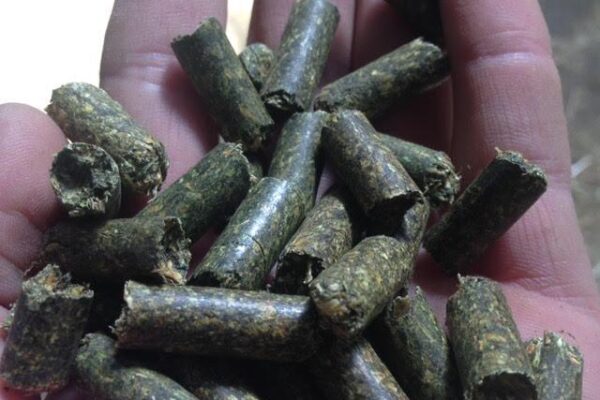Hemlock: The Dangers To Livestock And Humans
3 April 2025Hemlock (Conium maculatum) also known as dead man’s fingers, water drop, or poison hemlock is a deadly plant to humans and animals when ingested.
Identification
Hemlock is part of the carrot family so appears similar to cow parsley and wild carrot. The main difference is the nasty, mousy smell of Hemlock and the distinctive purple blotches on the stems.
Hemlock can grow to 2.5m tall with hairless stems and white lacy flowerheads. Hemlock is a biennial plant and is most likely to be found in undisturbed soils such as wastelands, roadsides or beside ditches and waterways. As a biennial plant seeds will germinate in the Autumn and overwinter as a rosette before producing flowers in its second year.
Risk To Animals
Hemlock contains coniine and other poisonous alkaloids. The seeds and roots are more toxic than the leaves and will cause paralysis, convulsions and often death to all species which ingest the plant. Early symptoms include shallow, rapid breathing, salivation, grinding of teeth and diarrhoea. Animals can appear uncoordinated with convulsions and symptoms of paralysis.
It has been noted that poisoned animals will return to feed on the plant after the first poisoning. Death can be sudden or after period of illness.
There are no cures for hemlock poisoning but in some very mild cases with prompt intervention the use of laxatives and sedatives have been successful. Advice from a veterinarian should be sought immediately if you have animals displaying any of the symptoms associated with poisoning.
Ultimately prevention should be the main course of action. Cases of hemlock poisoning have arisen recently where ditches had been cleaned with the spoiling’s left within the field cattle have been grazing. Roots can also be disturbed during period of dry weather or uprooted flooding finding their way into fields with livestock.
Control
If removing Hemlock take care to wear protective clothing and avoid contact with skin or any inhalation of plant material. Plants should be bagged and disposed safely. For larger areas herbicide application may be required. Plant protection products containing Glyphosate have proved effective at controlling Hemlock, but care must be taken to read the label and follow instructions on use.
There are many plants which can be harmful to animals but given the severity and danger of death from Hemlock it is worth checking fields for signs of the plant. There are various apps which can be used to help identify plants and help you to recognise any harmful plants which may be growing on your farm.
Sign up to the FAS newsletter
Receive updates on news, events and publications from Scotland’s Farm Advisory Service



